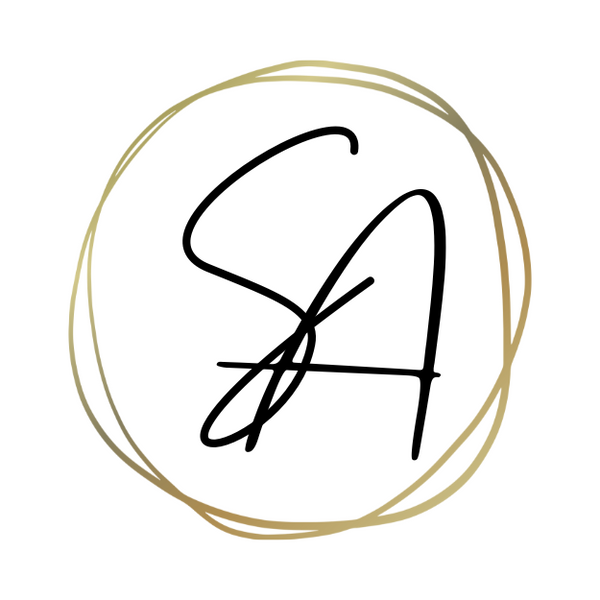
The Language of Art: How Culture, Symbolism, and Identity Connect Us
Share
Imagine walking through a busy city, surrounded by people from different backgrounds, languages and customs. On a wall you see a colourful mural – a work of art full of symbolism, an echo of a culture you don’t immediately recognise. What does it mean? Why does it move you? This moment of wonder is precisely what connects art, culture and identity.
As a graduate in Communication and Information Sciences with a specialization in Intercultural Communication, I have always had a special interest in the way these elements shape the human experience. In this blog, I want to take you on a journey that explores the richness of our history and the psychological underpinnings of culture and art. We look at the symbols we use, the role culture plays in our identity, and how art reflects these dynamics, both in ancient and modern times.
What does culture have to do with us?
Culture is everything that surrounds us: how we think, how we talk, what we value, and how we see our world. But culture goes much deeper than just a collection of traditions and customs. It affects how we see ourselves, who we think we are, and how we interact with others. For example, it determines what language we speak, what holidays we celebrate, and even how we wear clothes.
Culture manifests itself in various ways in our daily lives, both within families and in the wider society:
-
In families, culture often manifests itself through unique traditions and rituals that are passed down from generation to generation. These can be holiday celebrations, family gatherings, or even simple daily routines that hold sentimental value.
-
In the work environment, culture is expressed through the corporate culture: the values, norms and methods that are specific to an organization. Diversity in the workplace and communication styles also play a role here.
-
In the wider society, we see cultural influences in our national identity, which is constantly evolving. This is visible in changes in technology, social equality and even in everyday aspects such as our eating habits.
Art and culture have a profound impact on our living environment. They not only add aesthetic value, but also foster a sense of inspiration, expression and community. This can be expressed in admiring art in museums, listening to music or attending theatre performances.
Identity: Who am I? Who are we?
Identity is basically the story we tell ourselves about who we are. And you guessed it: that story is largely determined by the culture you grow up in. Whether you come from the Netherlands, Brazil or Armenia, your culture influences the way you see yourself.
In ancient times, symbols were used to express culture and beliefs. Think of the ancient Egyptians with their hieroglyphs or the Roman emperors who had statues made to radiate power and stability. Today, we still use symbols, such as emojis and company logos, which can have deep emotional value.
Symbols: the powerful language of art
Symbols are all around us and play an essential role in art. From the mythical figures of ancient Greece to the modern street art of Banksy, art is a way to give meaning to the world around us. Art can evoke emotions and convey ideas that we may not be able to put into words.
In the Renaissance, paintings such as Fra Angelico’s The Annunciation were filled with religious symbolism. In modern art, this is reflected in works such as those by Salvador Dalí, where the melting watches in The Persistence of Memory symbolize the transience of time.
Art: what does it tell us?
Art is actually the ultimate way to show culture and identity. Whether it is ancient civilizations or modern artists, artwork offers a unique perspective on the values and beliefs of a society.
Today, art is increasingly used to address social and political issues. Think of Banksy's street art, which comments on capitalism, war and human rights. Art is everywhere, and it always tells us something about the world around us.
My personal story as an Armenian in the Netherlands
Although I was born in Iraq, I am of Armenian descent. My parents are trilingual and my family has passed on Armenian culture and history from generation to generation. However, my story is different from that of many other Armenians. Because I did not grow up in Armenia, I did not learn Armenian and have always been connected to the culture through stories, music, food and traditions.
The history of the Armenian genocide has left deep scars on our community. Although I did not grow up directly in Armenia, I feel the weight of that history and what it means to be Armenian. I grew up with both Armenian culture at home and Dutch society outside of it. This has helped me to understand multiple perspectives and combine different identities. Through my art, I strengthen the connection with my identity, while at the same time trying to find my place in the diverse society of the Netherlands.
What is your world?
Look around you and try to recognize the symbols, art, and cultural influences in your own life. What do they say about you? Which symbols do you feel connected to? And how can art help you understand more about the world and yourself?
Culture, identity, symbolism and art are the building blocks of society – and they all help us grow, connect and learn. So the next time you see a piece of art, look at a photo or even come across a logo, think about the deep meaning it might have. There’s so much more than meets the eye!
Thank you for reading! If you want to learn more about art, culture and everything related to it, be sure to follow Sewanart.com. I have many more interesting blogs in store for you! How about these blogs:
